India prepares for worst of COVID-19
A doctor engages with people at a slum area during lockdown to control the spread of the new coronavirus in Mumbai, India, Tuesday, April 7, 2020. . The new coronavirus causes mild or moderate symptoms for most people, but for some, especially older adults and people with existing health problems, it can cause more severe illness or death.
The global fight in India continues to rise against COVID-19 as fire brigades use powerful hoses to sanitise streets and sidewalks, hurried locals rushing to assist in the relocation and moving of medical beds and supplies, however, the fear still lingers that the situation might worsen even more.
According to the most recent reporting of COVID-19 cases in India, 4,281 cases have been confirmed positive, 111 have been declared dead and 319 have recovered. According to the dissected statistics, the highest number of deaths are seen in major cities such as Tamil Nadu, Maharashtra and Telangana, where the numbers have surged between 500 and over 700. Doctors worry that as a result of an explosion of cases, it could greatly impact their hospitals on a much greater scale than what is being seen in Italy and the United States.
“India is a hugely populous country. The future of this pandemic will be determined by what happens to densely-populated countries. It’s important that India takes aggressive action at the public health level, and at the level of society to control, and suppress this disease,” said WHO Emergencies programme director Mike Ryan, in his address at the headquarters in Geneva, Switzerland on March 23.
Doctors all over India have been working tirelessly by creating their own homemade hazmat suits with hospitals making their own hand sanitizers to continue avoiding the risk of low supplies, during a time where the more supplies that are given, the faster doctors can accomodate to the treatments of all patients.
Prior to the large surge in cases, a relatively low number of cases were first reported in India with 633 diagnosed cases and 16 deaths out of a 1.3 billion population in India, according to NPR. However, despite the low numbers, Prime Minister Narendra Modi issued the world’s largest lockdown and also made a $2 billion investment to further help the public health systems of India. But doctors are still worried that even such quick implementations of security and financial aid may not be enough to control the cases.
“Personal protective equipment is in short supply, and what’s available is over 10 times the usual cost. So we have innovated. About 7,000 masks have been stitched by our volunteers,” said Dr. John Victor Peter, director of the Christian Medical College Vellore for an NPR report.
Along with strict and urgent measures that medical officials on the frontlines are taking to decrease the number of cases, certain areas in India also have waves of fear coursing through towns as police officers beat locals who step out of their homes, according to an interview with Rukhsana Ghani, who was born in Hyderabad before moving to Saudi Arabia and then migrating to the United States.
“One person is allowed to leave per household for necessities. Many are homeless because workers who came from the villages are stuck in Delhi after everything shut down, so they don’t have public transportation to return to their homes,” said Ghani. “As a result, many of them have been forced to walk back to their villages. They don’t have money [or any source of income] so their situation is really bad.”
Villagers in India have been facing great struggles during this time due to lack of resources such as basic masks to wear, hand sanitizers, clinics for testing, food, clean water and more importantly, proper shelter needed to practice social distancing. Citizens who live on the streets are far more in danger due to the lack of shelter that has been designated specifically for their safety. According to the government of India, there is a doctor per 1,500 citizens while the WHO recommends having a doctor per 1,000 citizens. Additionally, in rural areas, there is one doctor to more than 10,000 citizens. To further compare the number of resources per group of citizens in India, there are 2.3 intensive care beds per 100,000 citizens, however, in China there are 3.6 beds per 100,000 people and and in the United States, there are 35 per 100,000 people.
“One thing I can speak to I guess is the lack of trust in authority and a sincere governmental response to the crisis among so many minority communities. My family speaks disparagingly about Modi’s hasty response. For whatever reasons, people will hesitate to heed necessary measures. This lack of trust, coupled with the density of poor, urban areas, will be devastating,” said Mehdi Baqri, a junior at Yale University.
COVID-19 tests and ventilators are also low in stock, however, the government has not reported exact numbers of ventilators. According to experts, there is an estimate between 30,000 and 40,000 ventilators nationwide. However, organizations and citizens are still doing their part to flatten the curve by working from home. Reliance Jio has now decided to offer basic Jio Fibre broadband services to all new customers and has doubled the services for existing customers. Reliance Industries has also set up the first hospital dedicated to treating COVID-19 patients in Mumbai and has advocated to provide more testing kits and enhance production to produce 100,000 face masks everyday.
“This is a wake up call for the government to improve access to healthcare,” said Shailja Sharma, a professor of International Studies and Refugee and Forced Migration Studies at DePaul University.
Despite the numerous efforts that are being taken by several organizations across the nation of India, the core solution still remains the same even for countries overseas; washing your hands for 20 seconds, keeping a six foot distance, avoiding large gatherings of people and practicing social distancing as much as you can. During this global battle, it is imperative that the community and the government work together to make sure that everlasting change is established to not only flatten the curve, but to also change the course of public health in India.


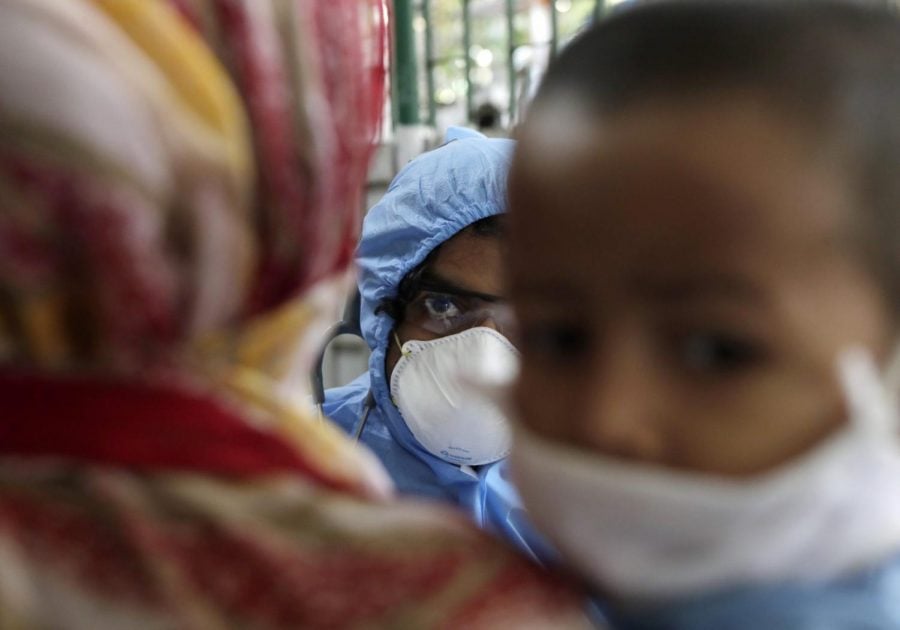

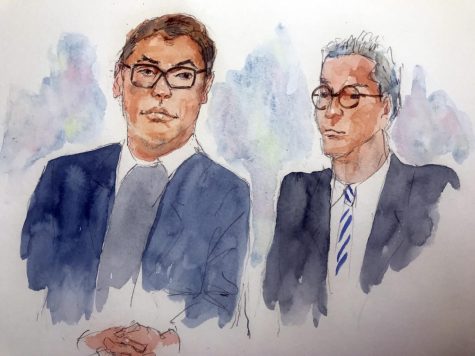
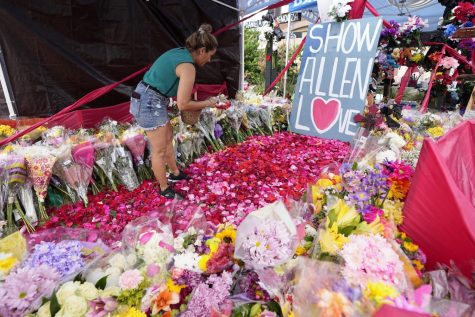

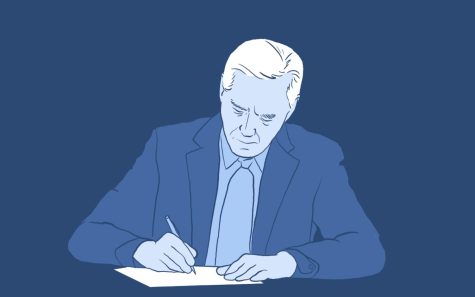
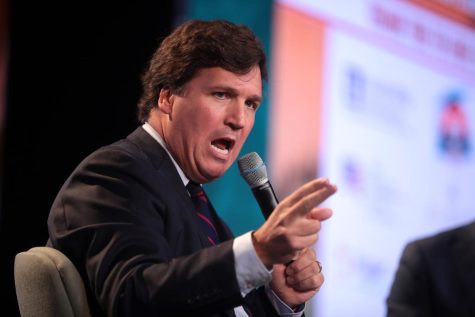

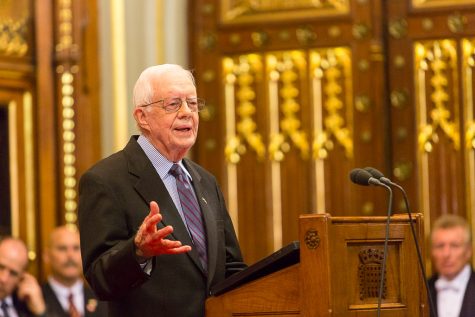
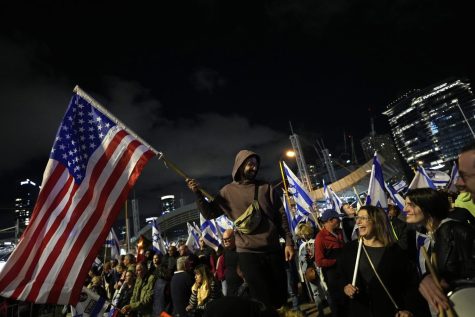

samir sardana • Apr 20, 2020 at 9:32 am
The Mathe-Magic of Chaiwala in COVID
People ask,Y is India a backward nation,of heathens and menials ?
Simple ! Tbey are duds ! There is no intellectus,and no IQ,and no creativity/inventiveness/ innovation
Sample the IQ of the Indian
Sample 1 – The Dindooohindoo claim that the “doubling time” has increased !
https://www.indiatoday.in/india/story/covid-19-growth-rate-case-doubling-rate-in-india-state-wise-data-1669060-2020-04-20
So in the USA, the 1st 5 death, took place in say,3 days and then the dead doubled to 10,in say 2 days.What does it prove.It is numerics.Beyond a size,the doubling time HAS TO INCREASE and below a certain size,the doubling time will REDUCE.It is beneath common sense.USA has 40000 dead and 700000.At the CURRENT STRIKE RATE, the next slab
of 40000/700000, will take lesser time (than it took to reach here),as the strike rate is high,and the testing numbers,are also higher than before.That is also elementary.
Indian data is dubious,as 80% of the infected are asymptomatic ! Which means that there could be 1.2 billion more – who are/have infected others,and will become symptomatic,in future ! THIS IS THE TICKING TIME BOMB ! On top of that, these asymp’s are being put to RNA tests.
US infected,are mostly symptomatic.
But the US rates has been doubling in a SHORTER DURATION,in the past.However, that is because of an exponential rise in US tests,large number of aged people and a large number of pre-existing diseased humans.
The Dindoo Hindoo does not classify pre-existing diseased humans,who are ALSO infected by COVID,under COVID.Those pathetic souls would rather die in their loos. USA has done 10 million tests on a population of 350 million.The Hindoos have done 300000 tests for 1.2 billion wimpets.
What to do with these clowns ?
Case 2 – Lowest death rate in the world
The Dindoo says that of 17000 cases only 600 are dead at 3% – but the USA has a rate of 6%.This is also a bogus statistic,as it is skewed by age,and also,the fact,that the dead – who died,due to pre-existing conditions,but with COVUD infections – are not listed as COVID dead,by the Hindoos – although COVID,hastened their death.
What is he dead ? It is the FIDO concept – “First in Dead out”.The oldest patient,dies 1st.The death rate has to be computed,based on the infected cases,upto the date of the date of the last infected person,who died.The Hindoos,on the 20th of April,2020, had 1600 infections.To hit the first 1600,the Hindoos tool almost 20 days – and the 1st man to die,from the lot,on the 20th of April,2020 – might take – upto 30 days.Until then,the Death rate in
Hindoosthan, will be skewed – and the Hindoos are celebrating !
Another bogus statistc
Case 3 – That statistic of — per 100,000 of population
This is pure bull.It is not that Hindoos have a size of 1.3 billion.It is not that the tests are just 300000.
The key is that 80$ of the victims,are asymptomatic.Which means that 1.2 billion could be,and are being infected, and so are the aged,and those with pre-existing conditions.
The asymptomatic will become symptomatic,and will infect the vulnerable and others.They DO NOT come to test.They ARE SAMPLED for testing.23 states of India with 600 million people have NIL Cases in the last 10 days – RIPLEY’S BELIEVE IT OR NOT
The Hindoos still do not get it !
Case 4 – Infected cases,as a % of tests
That the Hindoos test 30000,and get 1500 cases – which is at 5% – and that is mighty special. EU norm is 10& ! The Indians are testing asymp’s,AND NOT the ones who have become symps, or the vulnerables.who are infected by the asymp’s,or the self cured (when they discharge the virus)
In the US and EU,the portion of aged,symptomatic and vulnerable, are much higher than in Hindoosthan
Case 5 – Lockdown
Infected on 20th of April,2020 is 1600 cases – which is more than the aggregate cases,in the 1st 20 days, in Hindoosthan.
Proof that lockdown is doomed
Y ? 80& of infected are asymp’s – and who are turning symps, and who have,in turn,infected the aged and the vulnerable – and ON TOP OF THAT – the testing is STILL NOT 100,000 A DAY, and the dead and dying with pre-existing conditions – who are infected woth COVID – ARE NOT CLASSIFIED AS COVID (BY THE HINDOO).
In this process,the above class of persons,would have infected millions !
Within 7 days,the daily infections should be 2000 a day, and then the daily infected,should double every 20 days,at the maximum.In 12 months,there should be at least 10 million cases
Proven – Indians are Duds
QED !
This is for those who want to shift the supply chain risk,from PRC to HINDOOOSTHAN